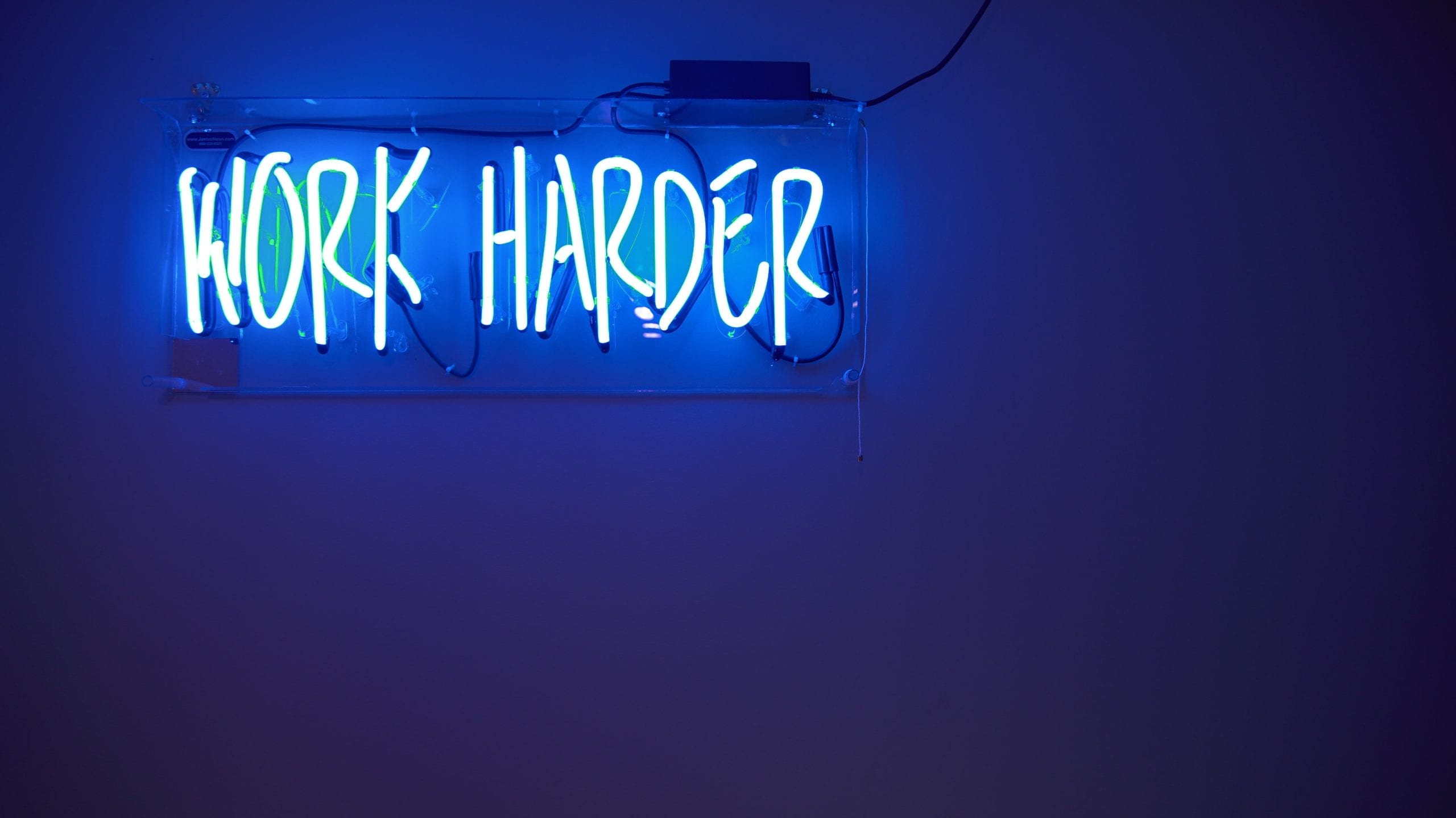Five Ways You’re Probably Messing Up Internal Hiring
Two internal hiring scenarios for you.
One.
You promote Katie to Group Account Director. The first few weeks are OK but then she starts dropping the ball. She’s stressed and keeps missing deadlines. Her team gossip about her and undermine her; she’s got little credibility. Even her closest work friends start being distant. Within the quarter, she’s taken another role elsewhere and drawn a line under the whole miserable experience.
Two.
You promote Katie to Group Account Director. The first few weeks are OK, and then she starts fully gearing up. Her productivity’s through the roof, identifying new efficiencies and processes to make everyone’s lives easier. Her team love her, and they’re more productive and engaged too. Within the quarter, you’re already thinking about increasing her responsibility again.
Want to know what makes the difference? Keep reading…

1 – Not onboarding internal hires
Our recent research into the moments that matter most for employees showed this is a cardinal sin. Nearly three quarters of our 4600 global respondents said they felt highly vulnerable during internal moves – but only 24% felt supported.
Respondents said their boss expected them to know everything already. They said they hadn’t been given the right tools to succeed. They spoke of uncertainty and confusion – not knowing what to expect, or what was expected of them.
If your new external hires were saying things like that, you’d worry. But just as much is at stake with internal hires. More, in fact.
The fact is, if you care about stuff like…
- Less new hire turnover
- Faster time-to-productivity
- Lower recruitment costs
- Improved morale and culture
- Increased team productivity
… then you should be crossboarding your internal hires. That is, not just offering basic orientation but a comprehensive, personalized onboarding journey. Just like you (*hopefully*) already do for your new external hires.

2- Short-changing internal hires on salary
External hires get significantly lower performance evaluations for their first two years than internal workers… but they’re typically paid 18% to 20% more, Wharton Professor Matthew Bidwell finds.
That’s typically cited as one of the major benefits of hiring internally – you save money and hire better people. That’s true – but be careful, because look at that finding the other way around: internal hires overperform but are underpaid.
Doesn’t sound like a great recipe for long-term engaged, motivated employees to us. And the last thing you want is your internal hire to leave for an external role, because they get wind you’re not valuing their skills highly enough.
A better option could be to introduce financial bonuses linked to performance, for example. Or even better, benchmark your internal salaries against the market – so new hires know they’re not being penalized for being internal. Don’t make leaving you a no-brainer!
3 – Not backfilling internal hires’ old role
Our research report brought this up, with respondents talking about how they’d been hampered from the get-go by trying to do two jobs. New external hires get a totally clean break from their old role – that’s integral to being able to give everything to their new position.
If you don’t extend the same courtesy to internal hires, you hamstring their productivity and motivation before they even get started. More likely than not, they’ll end up doing both badly (because they’re human, after all) and you’ll knock their confidence long-term. Which has a knock-on impact on their future performance.
Ultimately, they could end up leaving – so you lose both a new hire and a high-performing, promotion-worthy tenured hire in one swoop. Not good.

4 – Abandoning unsuccessful applicants
“Every time I promote one person, I disappoint 10 others”. Sound familiar? Harvard Business Review talk about how promoting internally can be a high stakes game, because it opens the door to disappointment and frustration internally. At least with external hires, you’re not directly exposed to unsuccessful applicants’ emotions.
That’s not a reason to stop internal hiring – but it’s a reason to pay extra attention to the fallout:
“After the announcement has been made, circle back with those who didn’t get the job (or didn’t even apply for it) to re-calibrate. Was the issue a matter of readiness (“not now”), aspiration (“not this”) or an issue with the company overall (“not here”)?
In all cases, your support at this juncture is critical to that person’s future success.”
HBR also talk about the importance of being transparent about your reasoning – so you announce not just who you’ve hired, but why. They suggest ‘anchoring’ promotion announcements with recognition of other people on the team, to reinforce that everyone’s valued.
The point is, when you hire internally you can’t afford only to focus on the new hire. Dedicate extra effort to helping your unsuccessful applicants move through their disappointment. Or internal hiring risks becoming an attrition driver, not a success driver.
5 – Not getting managers on-side
LinkedIn surveyed talent professionals to discover the biggest barriers to effective internal recruitment. The biggest – cited by 70% – was managers who don’t want to let go of good people.
If they see internal hiring as ‘poaching’, your managers are contributing to a culture of stagnating career growth and, eventually, attrition.
That might look like passive reluctance – like not putting names forward – or active dissuasion, talking employees out of applying or accepting. Either way, the outcomes aren’t good long-term.
Recruiters must get managers on-side, so they embrace – not hinder – internal promotion. As LinkedIn say:
“Give your managers a good reason to embrace internal recruiting. Share data and anecdotal evidence that points to how it lifts the company and, ultimately, them and their teams (and remind them that they, too, can look for talent internally). Consider making internal recruiting part of your performance reviews – and offer incentives to managers who facilitate internal recruiting rather than fight it.”
Best-practice, as ever, looks like transparency. Create an internal job board and then treat internal applicants as you would external, for maximum fairness.
Internal hiring is having a resurgence. Will you lead the charge?
LinkedIn’s Global Talent Trends 2020 report says internal hiring is a major trend that will reshape recruitment in the coming years. They estimate only a third of all today’s recruitment is internal – but 73% of talent acquisition professionals say internal hiring is becoming more important.
If that’s you, make sure you’re not accidentally derailing your efforts by making any of these five mistakes. So every hire – whatever their source – is positioned to excel for you.
We’re Enboarder. We help businesses position their people for maximum success, with our experience-driven transitions platform. Find out more here.